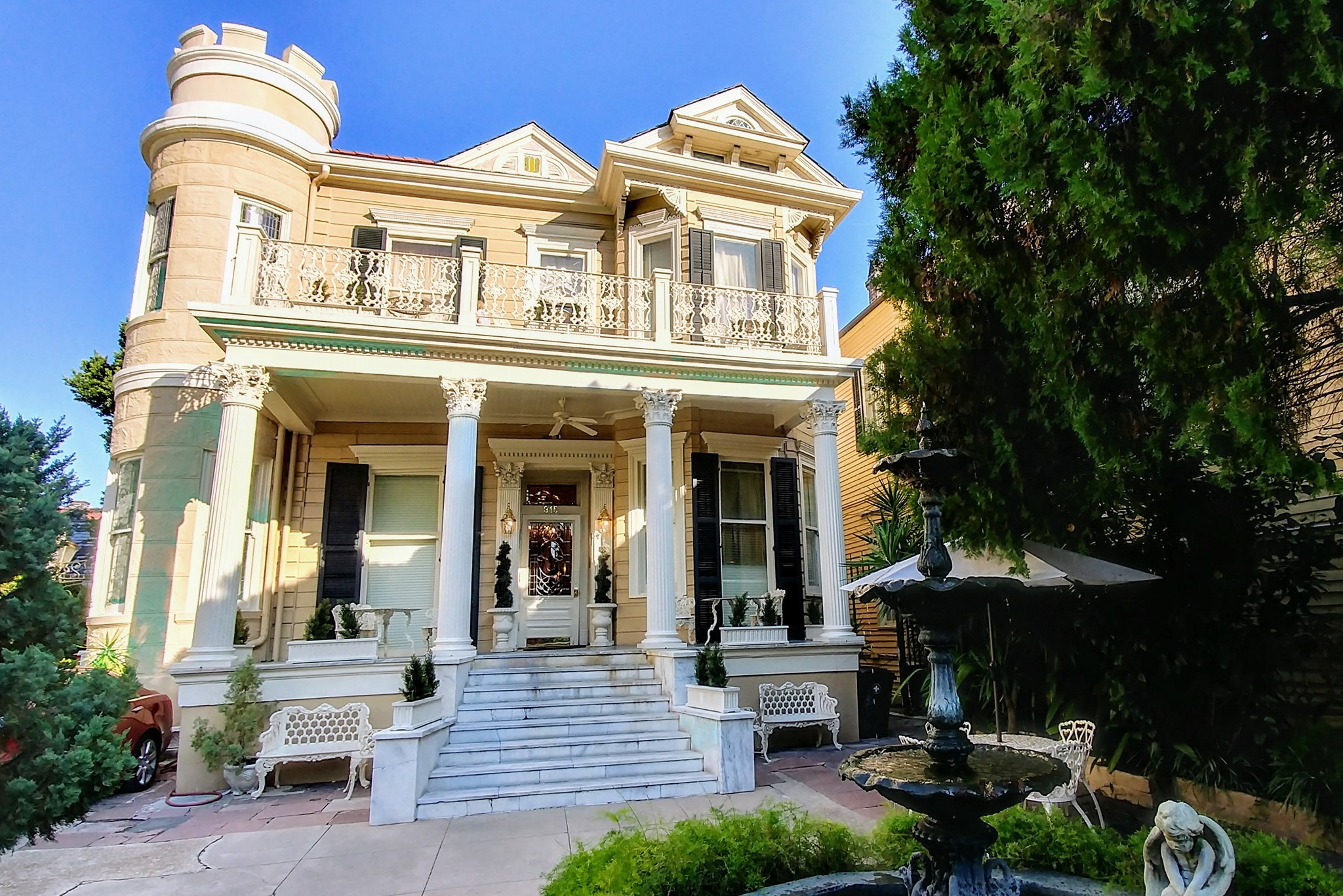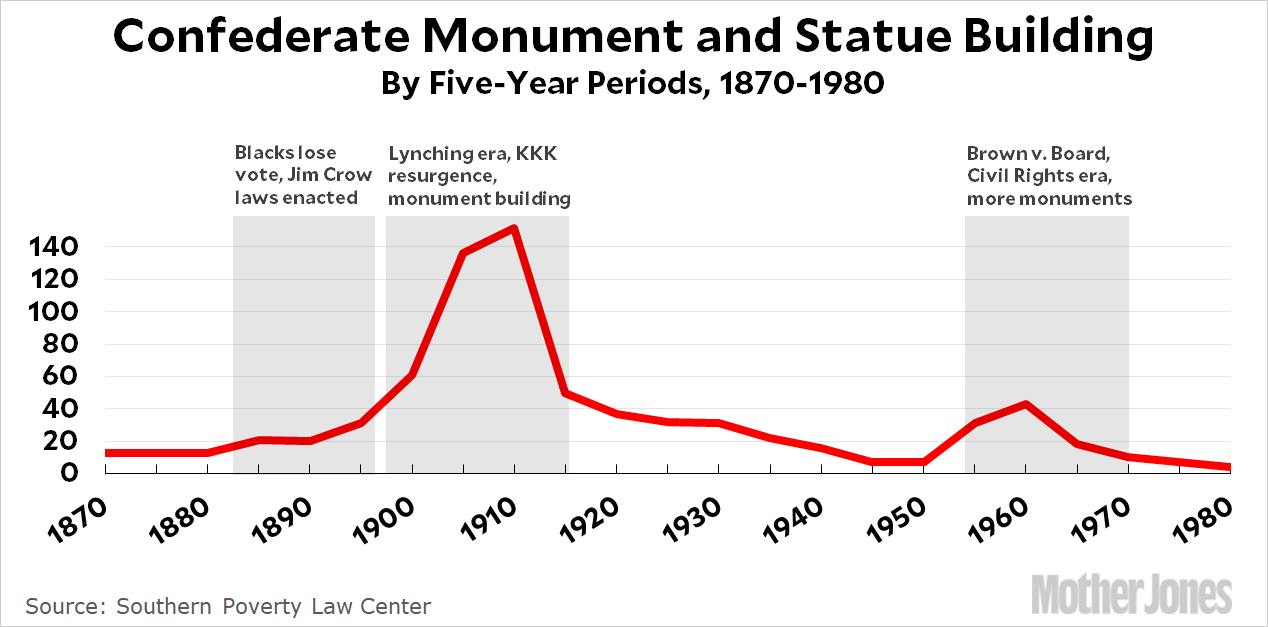I did my undergraduate thesis on King Edward VI of England, and the coups (attempted and successful) against his two Lords Protector. A Lord Protector watches over a King basically by being acting King until the King reaches majority around age 18. Edward died at 15, so his Lords Protector were really the monarchy for the six years Edward sat on the throne.
Fast forward 450 years, and it looks like we're back to that arrangement:
[President Trump is] still unprincipled, ill-informed, lazy, and mercurial. Trump continues to act like a 13-year-old trapped in the body of a 71-year-old world leader, as if his prefrontal cortex never developed beyond adolescence. Trump is all libido, lacks impulse control, and is prone to poor decision-making.
By this account, Trump is so immature that he needs his media diet and social life heavily controlled; he can’t be trusted not to make a rash decision based on the incomplete or conflicting information he’s given. In other words, he’s a man-child more than a world leader.
Giving this much power to Kelly is disturbing for a number of reasons. If [Chief of Staff John] Kelly did control Trump, that would make the presidency closer to a monarchy with a child ruler, with the real power residing in close advisers. Moreover, despite claims that Kelly is a non-ideological pragmatist who runs a tight ship, there’s little reason to trust him; he can be as extreme as Trump’s other advisers. According to The New York Times, in a discussion about the fate of the Dreamers, Kelly “likened Mexico, one of the United States’ most important trading and law enforcement partners, to Venezuela under the regime of Hugo Chávez, the former leader, suggesting it was on the verge of a collapse that would have repercussions in the United States.” This is a false and hysterical view of Mexico, one of the most stable democracies in Latin America.
In short, Kelly is trying to exert a level of power no White House official should have, and he’s not even succeeding.
Woe to thee, O Land, when thy King is a child, and thy princes eat in the morning.
Historian John Schmidt posted today about the 11 most-mispronounced street names in Chicago:
(1) Devon. Like those posts note—and like most Chicagoans I know—I pronounce it dee-VAHN.
(2) Leavitt. Forget the part that looks like “leave.” It’s LEV-itt.
(3) Paulina. Not pronounced like the girl’s name. The street is pull-EYE-nuh.
That last one is part of a joke: What are the three street names that rhyme with female anatomy? Paulina, Malvina, and Lunt.
It also reminds me of Yuri Rasovsky's infamous 1972 recording, "The Chicago Language Tape:"
Not many of those street names sound like that after 45 years. But it's still hilarious if you're familiar with the city.
Today is my birthday, which makes this year's Beloit College Mindset List even harder to read:
Students heading into their first year of college this year are mostly 18 and were born in 1999.
2. They are the last class to be born in the 1900s, the last of the Millennials -- enter next year, on cue, Generation Z!
11. The Panama Canal has always belonged to Panama and Macau has been part of China.
12. It is doubtful that they have ever used or heard the high-pitched whine of a dial-up modem.
16. They are the first generation to grow up with Watson outperforming Sherlock.
25. By the time they entered school, laptops were outselling desktops.
38. They have only seen a Checker Cab in a museum.
47. The BBC has always had a network in the U.S. where they speak American.
59. Bill Clinton has always been Hillary Clinton’s aging husband.
Ouch.
I'm taking a couple of days to shadow some friends in New Orleans. It's a nice end to summer: while Chicago already feels like early autumn, here it'll get up to 32°C in a couple of hours.
My hotel is historic, and really cute:

Updates as events warrant. Brunch first.
At 8:40 CDT on 31 August 2007, I joined Facebook. And then did nothing with it for several days.
I didn't add any Facebook friends until September 4th.
My first post, on September 5th at 7:43 CDT, was "in Evanston," which makes more sense when you remember that Facebook used to preface every post with "Nerdly McSnood is...". (This was before Facebook allowed public posts, and there doesn't seem to be any way to change the post's privacy, so if you're not Facebook friends with me you probably can't see it.)
Anyway, just a bit of trivia. And a little horrifying that 10 years have gone by.
...the United States launched a space probe that is now one of the three fastest-moving and farthest human-made objects in the universe.
Voyager 2 lifted off from Cape Canaveral, Florida, at 9:29 CDT on 20 August 1977. As of today it's about 115 AUs (1.72×1010 km) from Earth, moving about 15.4 km/s or 55,000 km/h away from the sun.
It's still alive. NASA expects the probe to continue transmitting from interstellar space for at least another 7 years, by which time it may be able to sample the interstellar medium itself.
Happy birthday, V'GER. We hope to see you again someday.
Via Mother Jones, the Southern Poverty Law Center has published a report that examines the statues to Confederate heroes of the sort that sparked last weekend's violence in Charlottesville, Va. It should surprise no one with a modicum of historical knowledge that they went up during periods of exceptional violence against African-Americans:
[T]he argument that the Confederate flag and other displays represent “heritage, not hate” ignores the near-universal heritage of African Americans whose ancestors were enslaved by the millions in the South. It trivializes their pain, their history and their concerns about racism — whether it’s the racism of the past or that of today.
And it conceals the true history of the Confederate States of America and the seven decades of Jim Crow segregation and oppression that followed the Reconstruction era.
There were two major periods in which the dedication of Confederate monuments and other symbols spiked — the first two decades of the 20th century and during the civil rights movement.
Southerners began honoring the Confederacy with statues and other symbols almost immediately after the Civil War. The first Confederate Memorial Day, for example, was dreamed up by the wife of a Confederate soldier in 1866. That same year, Jefferson Davis laid the cornerstone of the Confederate Memorial Monument in a prominent spot on the state Capitol grounds in Montgomery, Alabama. There has been a steady stream of dedications in the 150 years since that time.
But two distinct periods saw a significant rise in the dedication of monuments and other symbols.
The first began around 1900, amid the period in which states were enacting Jim Crow laws to disenfranchise the newly freed African Americans and re-segregate society. This spike lasted well into the 1920s, a period that saw a dramatic resurgence of the Ku Klux Klan, which had been born in the immediate aftermath of the Civil War.
The second spike began in the early 1950s and lasted through the 1960s, as the civil rights movement led to a backlash among segregationists.
Mother Jones prepared this handy graph:

So, yes, these statues represent history: the history of Southern oppression of African-Americans throughout the Jim Crow era. Southern whites erected them as symbols of white supremacy and violence.
And they need to go away now.
Apparently, life went on in the US while I was abroad last week. First, to James Damore:
Of course, that wasn't the big story of the weekend. About the terrorist attack and armed ultra-right rally in Virginia, there have been many, many reactions:
- From New Republic, Ryu Spaeth says President Trump is killing us, and Brian Beutler says the neo-Nazis are Trump's troops.
- Josh Marshall points out that Trump is one of them.
- From Citylab, Kriston Capps says the ultra-right are waging a war against public space, David Dudley talks about the Dodge Challenger as a killing machine, and Yoni Applebaum advocates taking all the Confederate statutes down.
- Krugman flat-out calls Trump un-American, which, it turns out, is like calling Parker a dog.
- Meanwhile, prominent Republicans are trying to distance themselves from Trump's tepid response, with Attorney General Jeff Sessions saying the attack met the legal definition of terrorism.
- Fox News is bending over backwards to cover the story as non-politcally as possible. In some cases, they're succeeding. Though I have to say, it looks like a challenge for them.
Can we have a discussion about domestic right-wing domestic terrorism now? Before we have another Oklahoma City?
A fundamentalist Mormon sect living along the Nevada-Arizona border has a serious problem with a rare genetic disorder, because everyone is closely related to everyone else:
“With polygyny you’re decreasing the overall genetic diversity because a few men are having a disproportionate impact on the next generation,” says Mark Stoneking, a geneticist at the Max Planck Institute for Evolutionary Anthropology, Germany. “Random genetic mutations become more important.”
In isolated communities, the problem is compounded by basic arithmetic: if some men take multiple wives, others can’t have any. In the FLDS, a large proportion of men must be kicked out as teenagers, shrinking the gene pool even further.
Which brings us to the good news. Since inbreeding tends to uncover “recessive” mutations that would normally remain in hiding, studying these communities has helped scientists to identify many disease-causing genes. That’s because genetic information is useless on its own. To be meaningful to medical research, it must be linked to information about disease. In fact, more human disease genes have been discovered in Utah – with its Mormon history – than any other place in the world.
It’s not the legacy Brigham Young expected, but in the end, it’s possible that the controversial practice might have some unintended positives.
Religion, man. Religion.
Heading home from New York just now, and came across an infographic from today's Chicago Tribune about the weather in Chicago on this day in 1934. My heavens. After 21 days of 32°C-plus temperatures, Midway Airport hit 43°C on July 23rd, with the official temperature at University of Chicago hitting 41°C the next day—the hottest temperature officially recorded in Chicago history. (Lakeside temperatures were 9°C cooler than even a short distance inland.)
It's not quite that hot today, but it could be again in a few years. Regularly. But at least it won't be as bad for us as for the folks in the Southwest and Southeast.